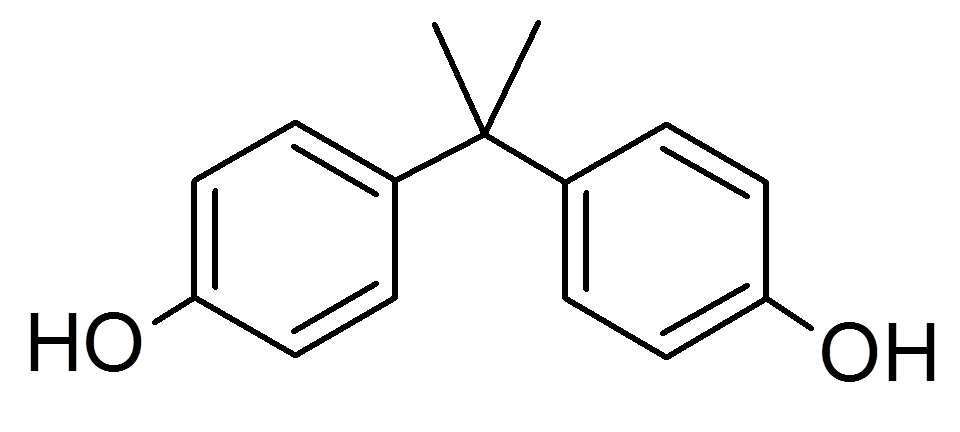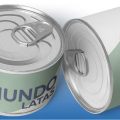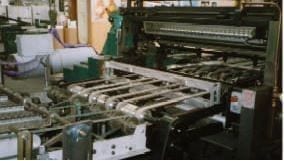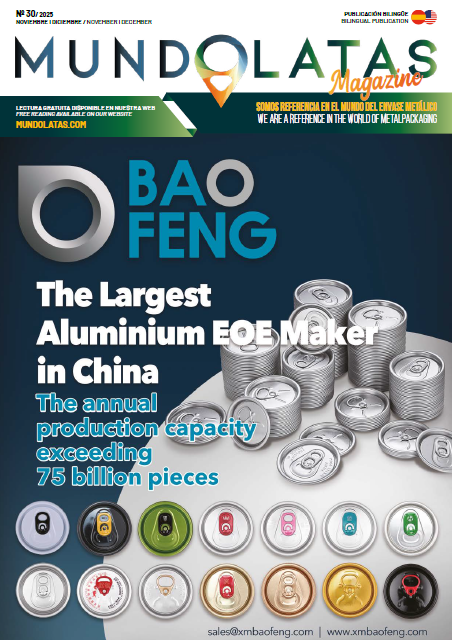BPA (Bisphenol A) migration in food cans occurs when components of the varnishes used in can coatings can be transferred to the contents of the container. This process can occur during prolonged storage or as a result of exposure to certain conditions, such as temperature and the type of food contained in the can.
Migration analyses are performed by simulation using reagents that simulate the conditions to which the food would be exposed, such as acidic, aqueous and fatty simulants, and considering variables such as temperature and time to mimic the thermal process and storage.
The laboratories in charge of these analytical tests ensure that if the coating is applied according to the suppliers’ recommendations, migration levels should be below the established legal limits. In addition, it has been observed that the existence of cut rims on cans does not have a significant influence on the amount of BPA-related substances migrating into the food. Migratory species are classified according to their toxicological relevance and compared to standards established by regulatory agencies.












